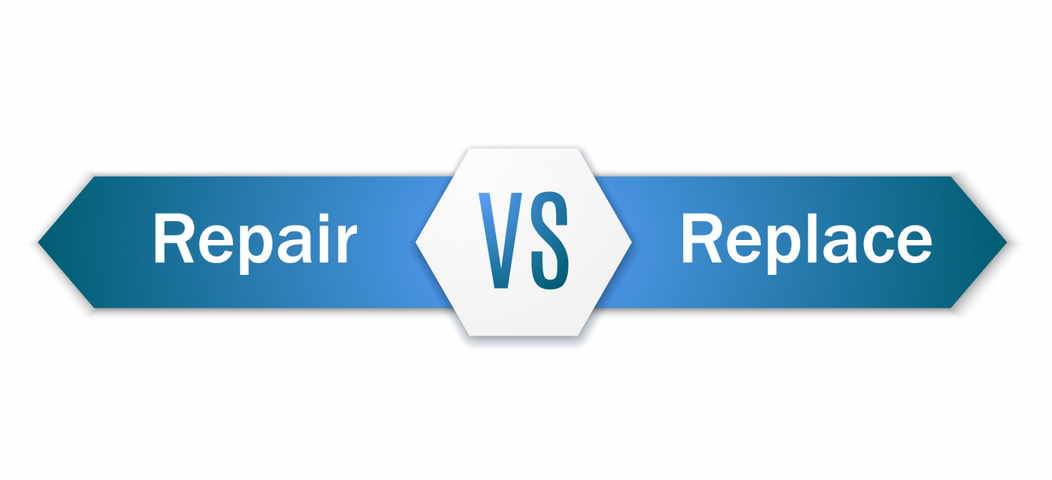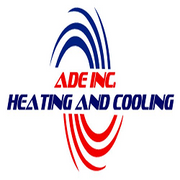Should it stay or Should it go?? When to replace your ac system.... Click here to read more..

It’s not easy to know whether you should repair or replace your air conditioning system, especially if you have an emergency situation. How do you know when you should consider a newer, more efficient system? While there are no hard and fast rules, we’ve created the factors to consider before making this important decision as well as what to look for when comparing new systems.
Factors to consider when making this important decision
System Age – System are expected to last 15-20 years. The closer the unit is to its “life expectancy” the more likely you should replace it.
Efficiency – Older units have lower Seasonal Energy Efficiency Ratio (SEER) ratings, compared to today’s systems that could be up to 20 SEER. The lower the SEER rating the less efficient and more costly to operate the system.
Repair Costs – Consumer reports suggests that you do not spend more than 50 percent of the cost of a new product on repairing the old one.
Run Cycle – The chronological age of the system is often less important than how often it runs. For instance, AC systems in the South are going to wear out more quickly than those in the North and vice versa for furnaces.
Refrigerant Type – Older units often use R-22 refrigerant which is being phased out in favor of more efficient and environmentally friendly refrigerant such as R-410A. It could be more costly in the long run to continue to service a system with obsolete refrigerant.
What to look for in a new system
Comfort Features – Some systems offer programmable thermostats, variable speed compressor systems and fans, which enable better humidity and temperature control.
Efficiency Rating – New systems with higher SEER ratings can provide improved efficiency and comfort. The higher efficiency can also result in lower costs to operate.
Price – More efficient systems can cost more up front but can save money in the long run and may qualify for rebates.
Unit Installation – Proper size and professional installation of the unit, specified to the need of your home are key factors in achieving lower operating costs.
Extra Tips:
Know your AC system parts
FAN - The fan blows over the condenser to dissipate the heat outside.
BLOWER - The blower (or fan) circulates air over the evaporator distributing the cold air.
THERMOSTAT - Controls the temperature of cold air distributed throughout the home.
CONDENSER - Hot coils release collected heat into the outside air.
COMPRESSOR - Moves refrigerant between the evaporator and the condenser to cool the inside air.
EVAPORATOR - Cooling coils remove heat and humidity from the air using refrigerant, creating cold air.
FILTER - Located with the indoor unit to remove particles from the air.
CALL ADE HEATING AND COOLING TODAY FOR ALL OF YOUR HVAC NEEDS!! *609-693-6050*
NJ Master HVACR Lic # 19HC00400200
NJ Master HVACR Lic # 19HC00136200
NJ Master Plumbing Lic # 36B100668500
About the Business
Have a question? Ask the experts!
Send your question

